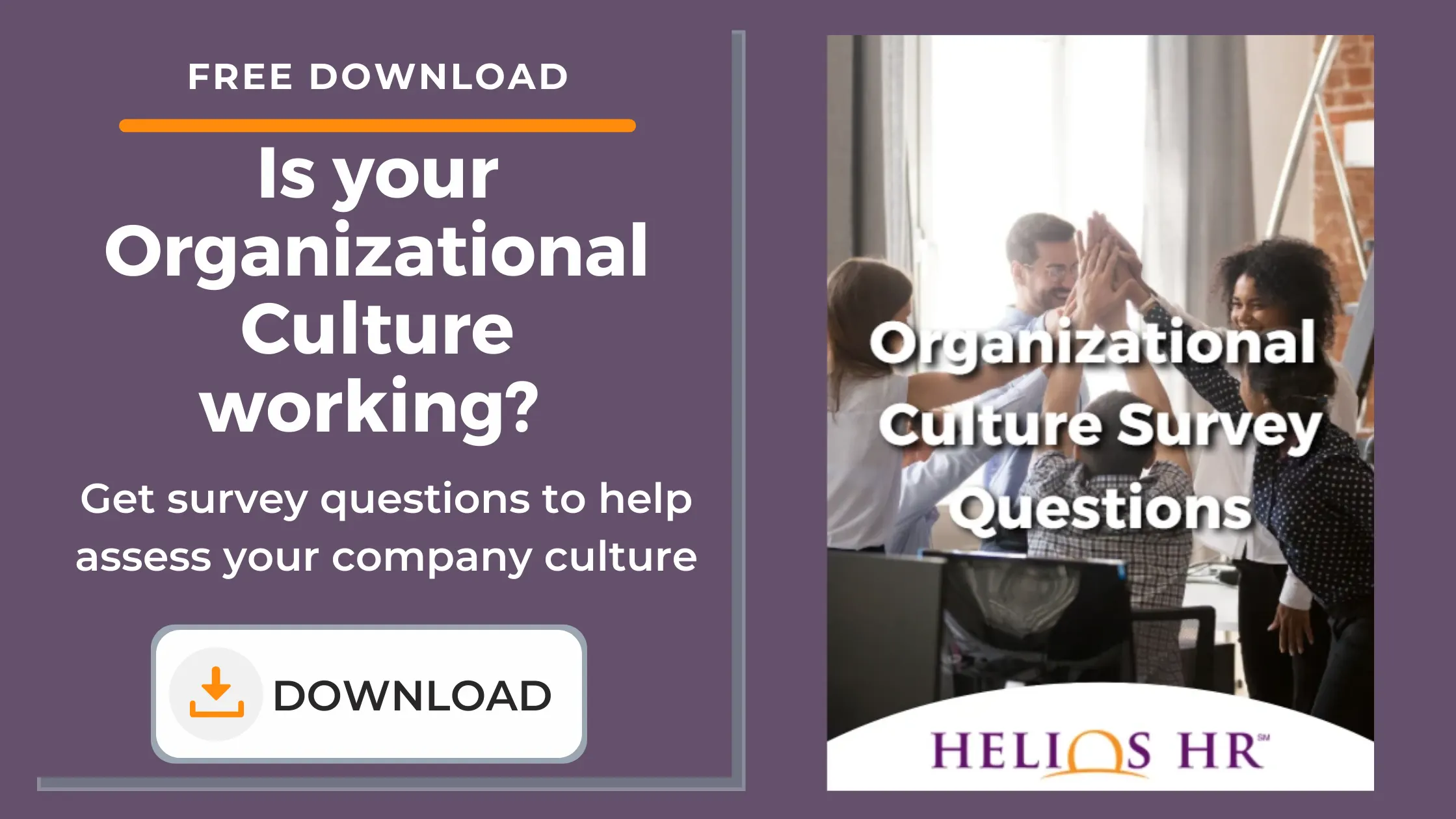By: Alyssa Zimmer on August 13th, 2025
How Leave Trends Are Shaping Workplace Policies and Culture
When you consider what drives your organizational culture, you might not give much thought to leave management. After all, culture is defined by what happens in the office, not when people are on vacation.
However, leave management policies can have a huge impact on your culture. Paid leave is one of the most important benefits, with 76% of Gen Z saying it’s more important than salary. Leave policies speak to some of your core organizational values, such as when it’s okay to take a vacation, when you can call in sick, and whether your company recognizes life events such as becoming a parent or grieving a death.
Leave management is also one of the biggest compliance challenges for your HR team, especially if your people work in different regulatory regions. Research by NFP shows that 71% of organizations spend over four hours on each leave request, leading to substantial bottlenecks.
Your company’s approach to leave management can make a real difference to your culture, your policies, and your HR workflows. Let’s look at some examples of how that works in practice.
3 real leave management challenges
Every organization faces different challenges when it comes to leave management. Here are three examples that I have seen in practice:
1. Balancing generosity with financial reality
A small organization with fewer than 50 employees across 28 states wanted to enhance its parental leave benefits. They recognized that generous parental leave had become a competitive necessity, but they also needed to balance costs carefully as a growing company.
Their challenge wasn't just determining how much leave to offer—it was figuring out how their policy would interact with different state programs. After careful analysis, they chose to implement a uniform policy that leveraged state benefits where available and supplemented them to ensure consistent coverage.
This approach simplified administration while demonstrating their commitment to supporting employees regardless of location.
2. Building trust through consistent administration
A mid-sized organization with employees in more than 15 states discovered that its generous leave policies were actually creating employee relations problems. Despite offering competitive benefits, some employees received six months of leave, while others received only a few weeks for similar situations.
The root cause wasn't inadequate policies so much as inconsistent administration. Survey respondents report that leaves of absence—including paid sick leave mandates, Family and Medical Leave Act requirements, and other state leave laws present the most difficult multi-jurisdictional compliance issues.
Their solution involved implementing technology to standardize leave administration, providing comprehensive manager training on policy application, and establishing a centralized review process for complex cases.
3. Adapting to a changing workforce
A small nonprofit found its leave policies suddenly obsolete when its workforce shifted from primarily on-site to a mix of in-office and remote workers. When a remote employee informed HR about their adoption plans, the organization realized its policies weren't designed for their new reality.
Rather than creating separate policies, they opted to extend their headquarters location's benefits (Washington D.C.'s Paid Family Leave) to all employees, regardless of location. While costly, it simplified administration and reinforced their commitment to equity.
Measures such as these can have a substantial impact on culture. It shows that everyone is on the same team and equally valued, regardless of location.
Creating sustainable leave policies that work
Based on these real-world examples and current trends, here's how forward-thinking organizations are approaching leave policy design:
1. Conduct a comprehensive policy audit
Start by understanding exactly what you're required to provide and what you're currently offering. Map out your employee locations and create a jurisdiction-by-jurisdiction analysis of requirements. Look for opportunities to optimize by leveraging state programs while ensuring consistency.
A uniform policy might make sense if an employer's operations are limited to states with similar employee leave requirements or no requirements at all. Calculate the true cost of your current approach, including administrative time, temporary staffing, and lost productivity. Many organizations find that they spend more on inconsistent administration than on a thoughtfully designed uniform policy.
2. Implement technology solutions for consistency
Manual leave administration processes don’t scale well when your company grows. The organizations that are succeeding have invested in technology that automates workflows, ensures compliance, and provides clear communication to employees.
Look for solutions that integrate with your existing HRIS and can handle multiple state requirements simultaneously. The system should track eligibility automatically, calculate benefits correctly across different programs, and provide audit trails for compliance. But technology alone isn't enough—you need processes that ensure consistent use and manager understanding.
3. Design for transparency and communication
A major source of employee dissatisfaction with leave policies is a lack of understanding about what's available and how to access it. By designing your PTO, sick leave, and other policies to meet the strictest state-specific requirements, you can cover all your bases and simplify multi-state management.
Create clear, accessible documentation that explains not just what leave employees can take, but how the process works. Include examples of common scenarios and provide multiple ways for employees to get questions answered. Consider developing state-specific addenda that highlight local requirements while maintaining overall consistency.
4. Plan for ongoing compliance management
Leave laws are changing constantly, and staying current requires dedicated attention. This can get even more complex when you have employees in different locales, or even in different countries.
Establish a system for monitoring legal developments in all your jurisdictions. Build flexibility into your policies so you can adapt to new requirements without completely overhauling your system. Consider working with legal counsel to ensure your policies can accommodate reasonable variations while maintaining overall consistency.
5. Partner with experts for complex administration
Many organizations are discovering that trying to manage leave administration entirely in-house isn't sustainable. Consider whether outsourcing some or all of your leave administration makes sense for your organization. This is particularly valuable for companies with employees in multiple states or those experiencing rapid growth.
Even if you keep administration in-house, having access to external expertise for complex cases and policy development can be invaluable.
The strategic advantage of getting leave policies right
Organizations that master leave policy management don't just avoid compliance problems—they create genuine competitive advantages. Employees who understand their benefits and trust that policies will be applied fairly are more engaged and more likely to stay. Parental leave is expanding, with a 5% increase in employers offering more than six weeks of maternity leave, reflecting the growing recognition that generous leave policies support both employee wellbeing and business outcomes.
Well-designed leave policies also reduce administrative burden on your HR team, freeing up time for more strategic work. When policies are clear, consistently applied, and supported by appropriate technology, the day-to-day management becomes much more manageable.
Ready to transform your leave management from a compliance burden into a competitive advantage? Helios HR can help with:
- HR compliance to ensure your policies meet all federal and state requirements
- HR Information Systems consulting to implement technology that streamlines leave administration
- HR consulting to design policies that balance employee needs with business realities
- HR outsourcing to handle complex leave administration while you focus on growth




